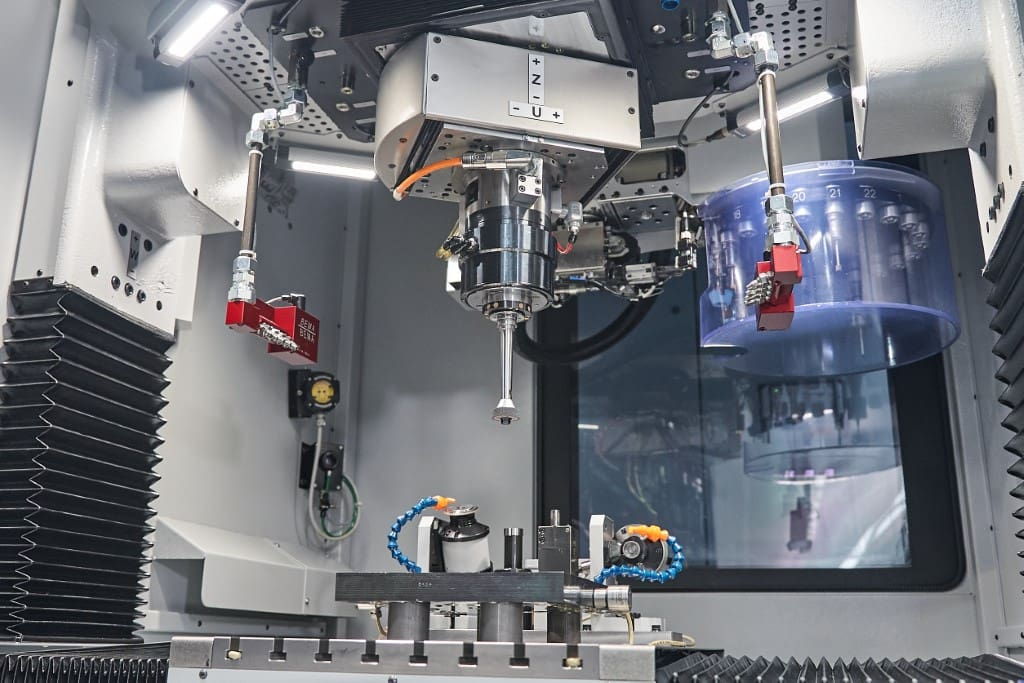CNC Machining Basics You Need to Know
CNC machining has been with us for a long time, but few people are aware of this technology. Have you wondered after seeing zigzag geometries and appealing designs on automobiles and equipment? Do you think technology is behind these artifacts?
Not make your head bulky; it is CNC machining that makes this possible in the real world. Nowadays, it becomes a part of our integral manufacturing region because it quickens production and broadens efficiency.
If you wish to convert your visualized products into realistic models, the inclusion of CNC machining can make your dream come true. Beforehand, clarify everything about whether you are a beginner or seasoned.
In this blog, you will become aware of the CNC machining basics you need to know to widen your scope of knowledge and leverage it carefully.
What exactly is CNC Machining?
CNC stands for Computer Numerically Controlled Machine and does subtractive manufacturing. It employs computerized machine tools for fabricating custom and precise components in accordance with your desired products.
Its computer uses two types of codes, G-Codes, and M-Codes, for directing a cutting tool to chip or cut material from a workpiece to transform it into an end product. This cutting phenomenon continues until the final product forms.
Working Procedures of CNC Machining You Need to Know
You have given a brief definition of CNC machining. It is not the end of your journey since some information is left about CNC machining basics you need to know.
What, for example, is the connection between the computer, the needed procedures, and the workpiece? You can set all your cards straight by comprehending their working operations.
1.Make Your CAD Design
Create your CAD design in either 2D or 3D format using CAD software like CATIA and Solid works. There are 10 top modeling software recommended.
2.Transform the CAD File into a CNC Program
Convert your CAD design file into a CNC-compatible program with the help of a programmed computer. There are two types of codes understood by CNC machines: geometric codes and machine codes.
The former codes are for controlling the movement and speed of tools, whereas the latter codes govern machine capabilities.
3.Install the CNC Machine
Fix your CNC machine by running a full check on the machine to resolve any issues and adjust the workpiece in the right way.
4.Carry Out the Operation
Start CNC machining work by dictating specific commands to do actions and movements for the final outcomes.
Operations of CNC Machining
There are mainly two operations in CNC machining basics you need to know because they contribute to almost all industrial applications.
4.1.CNC Milling
Milling in CNC machining is removing unessential parts from a workpiece using a rotating cutter. Two types of CNC milling operations: face milling, and peripheral milling.
4.2.CNC Turning
Turning in CNC machining is extracting raw materials from a workpiece while its rotation is on a single axis via a steady cutter. Three types of CNC turning operations, such as
- Facing
- Grooving
- Thread Cutting
Advantages of CNC Machining
Do you realize why CNC machining occupies a lot of industrial space in the short term? It is just because of its wide benefits as
1. Accuracy
Do not worry about whether parts fit in an assembly or not, as CNC machines produce the exact dimensioning of parts.
2. Versatility
A CNC machine performs various manufacturing operations and has flexibility with materials. No doubt, this technology is versatile equipment for all enterprises.
3. Precision
There are very few or negligible chances in CNC machining of any flaw in manufacturing processes. Therefore, it is the right technique for manufacturing precise integral components in the automobile and aviation sectors.
Industrial Applications of CNC Machining
CNC machines have many advantages, including accuracy, precision, and versatility, which encourage manufacturers to utilize them in many industrial applications. Some of them are
1. Aviation and Military
CNC allows fabricators to produce on-demand replacements and updated versions of any part to fulfill the requirements of the aviation and military sectors.
2. Consumer Electronics
Many electrical parts can be easily created with the help of a CNC machine. For instance, Apple leverages CNC to design the MacBook’s chassis from aluminum.
3. Automotive
It is very simple to design prototypes and real parts of automobiles with the aid of CNC machining with bottleneck precision and accuracy.















